Stephanie St. Clair was born in Martinique, an island in the East Caribbean in 1886 and came to the United States via Marseilles, France. In 1912 she arrived in Harlem. She was known for her deep involvement in the seedy gangster underworld. According to those who knew her, she was arrogant, sophisticated and astute to the ways of urban life. She reportedly told people that she was born in “European France” and was able to speak “flawless French” as opposed to the less refined French spoken by those in the Caribbean. Whenever people questioned her national origin, she would always respond in French. St. Clair also spoke Spanish. Noted for her fierce temper, St. Clair spouted profanity in various languages when angered or outraged by some perceived slight or injustice. Her eloquent sense of fashion was well- known throughout Harlem where she was referred to as Madame St.Clair. In in the rest of Manhattan and other city boroughs, she was referred to as “Queenie.”
St. Clair developed the first numbers bank located in Harlem. Here she and her partners, including Ellsworth “Bumpy” Johnson, made the first significant criminal fortunes in black New York. Initially they had little competition except for rival Casper Holstein but by the 1930s their undisputed control over Harlem’s numbers rackets was challenged. After the Great Depression began and Prohibition ended in 1932, a number of white New York mobsters saw their profits rapidly diminish. They turned to the lucrative Harlem illegal gambling scene to supplement their loss revenue. Led by Dutch Schultz, a coalition of non-Harlem gangsters engaged in a bloody war with St. Clair and her allies for control of organized crime in that community. Over 40 people were killed in gangland related violence including often the murder of Harlem numbers operators.
Despite the violence against their operation, St. Clair and Ellsworth “Bumpy” Johnson initially refused to surrender to Shultz. Over time, however, their power weakened. St. Clair made several futile complaints to local authorities about harassment from the New York Police Department which she felt aided Shultz. Without political influence at City Hall, her concerns were ignored. In response, St. Clair took out several ads in Harlem newspapers accusing senior police officers of various forms of corruption. Outraged by this, she was arrested by the police on several exaggerated charges. In response she testified to New York State’s Seabury Crime Commission about the large number of kickbacks she had paid police officials to protect her operations. Her charges led to the dismissal of several police officers.
As St. Clair realized she could no longer oppose Shultz, she agreed to a truce which transferred the power and profits from her organization to Shultz and the Italian Mafia headed by Lucky Luciano. In 1935, Dutch Shultz was assassinated on the orders of Luciano. Although St. Clair was not involved with his murder, she was remembered for sending an infamous telegram to his bed that stated “As ye sow, so shall ye reap.” The telegram reportedly made headlines across the nation. St. Clair’s former lieutenant, Ellsworth “Bumpy” Johnson became the Mafia’s representative in Harlem while she slipped into obscurity. Stephanie St. Clair died quietly in Harlem in 1969. –
Original Article Found At BlackPast.org — http://www.blackpast.org/aah/st-clair-stephanie-1886-1969#sthash.RUqeIavr.dpuf


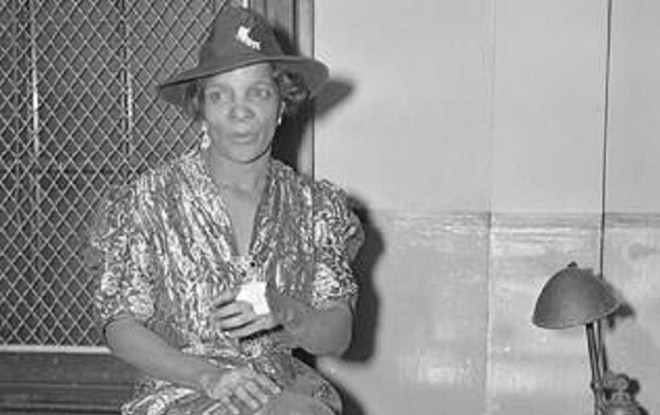




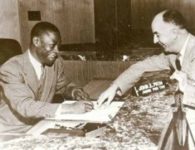
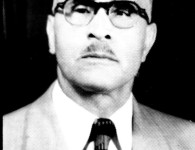
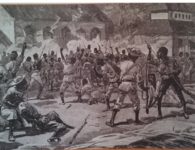


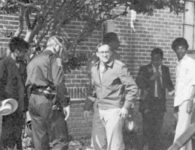



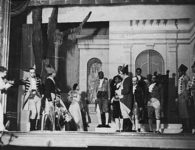
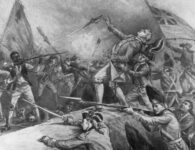
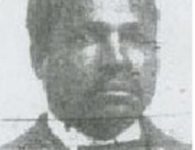




2 Comments
i would love to be like Miss ST> clair
she was dope.